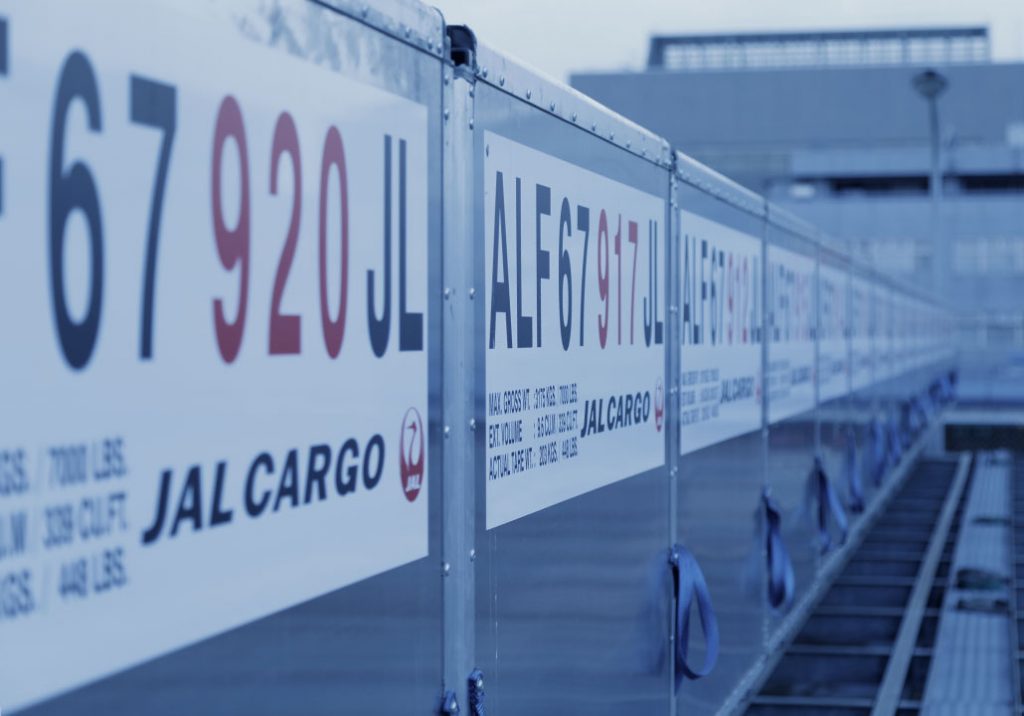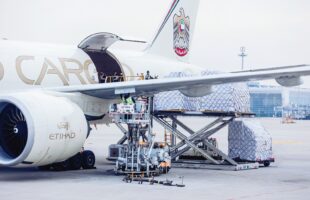

Airlines in Asia Pacific saw the second straight month of positive demand for air cargo in October, up 3.2 percent compared to the same month a year ago, according to preliminary results from the Association of Asia Pacific Airlines or AAPA.
Whilst this brings positive news, an uncertain outlook is clouding some growth prospects amidst moderation in trade activity in major economies.
With more capacity in the market given the progressive return of belly space in passenger flights, carriers are banking on higher e-commerce volumes towards the year-end holiday season to pick up the demand.
In October, average international freight load factors slipped 3.3 percentage point to 61.2 percent for the month, as capacity jumped 8.9 percent year on year. Seats on passenger aircraft saw better utilisation with load factors avering 80 percent for the month, slightly above pre-pandemic levels.
“The region’s airlines posted a second consecutive month of growth in international air cargo demand in October, ahead of major promotional retail sales periods such as Singles Day, supporting higher volumes of e-commerce shipments going into the year-end festive season,” said Subhas Menon, AAPA Director General.
“As a result, the decline in international air cargo demand narrowed to 5.4% for the ten-month period.”
In the passenger side, Asian airlines reported a solid 197.3 percent increase in international traffic to an aggregate total of 225 million. 25.3 million international passengers flew on the region’s carriers in October, up 102.8 percent from the same month last year.
“Prospects for further growth in air travel demand remain positive in the coming months… Overall, the region’s carriers remain focused on improving financial performance following three years of steep pandemic-led losses, whilst delivering the highest levels of customer service,” Menon added.









